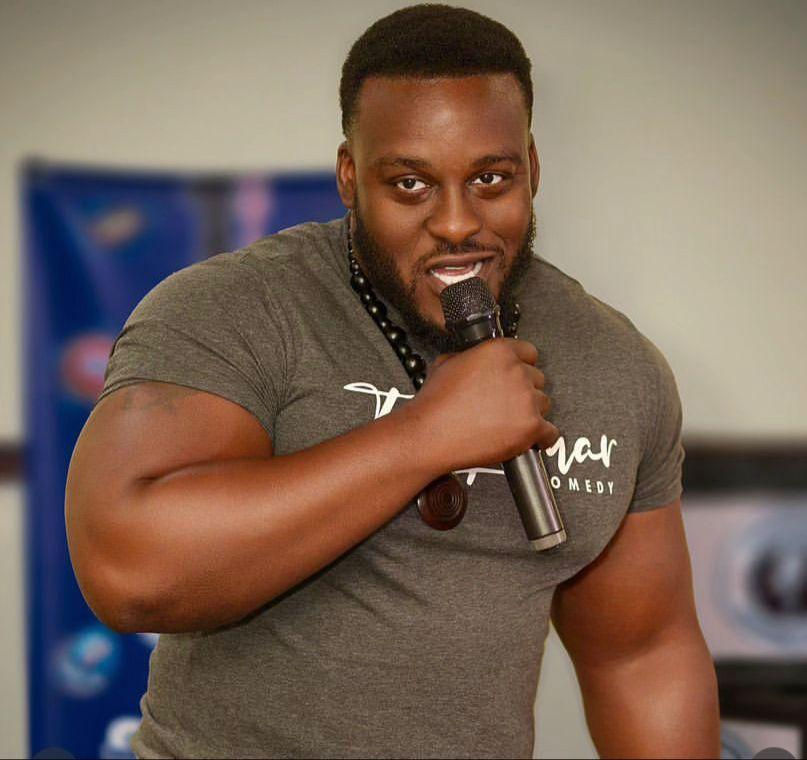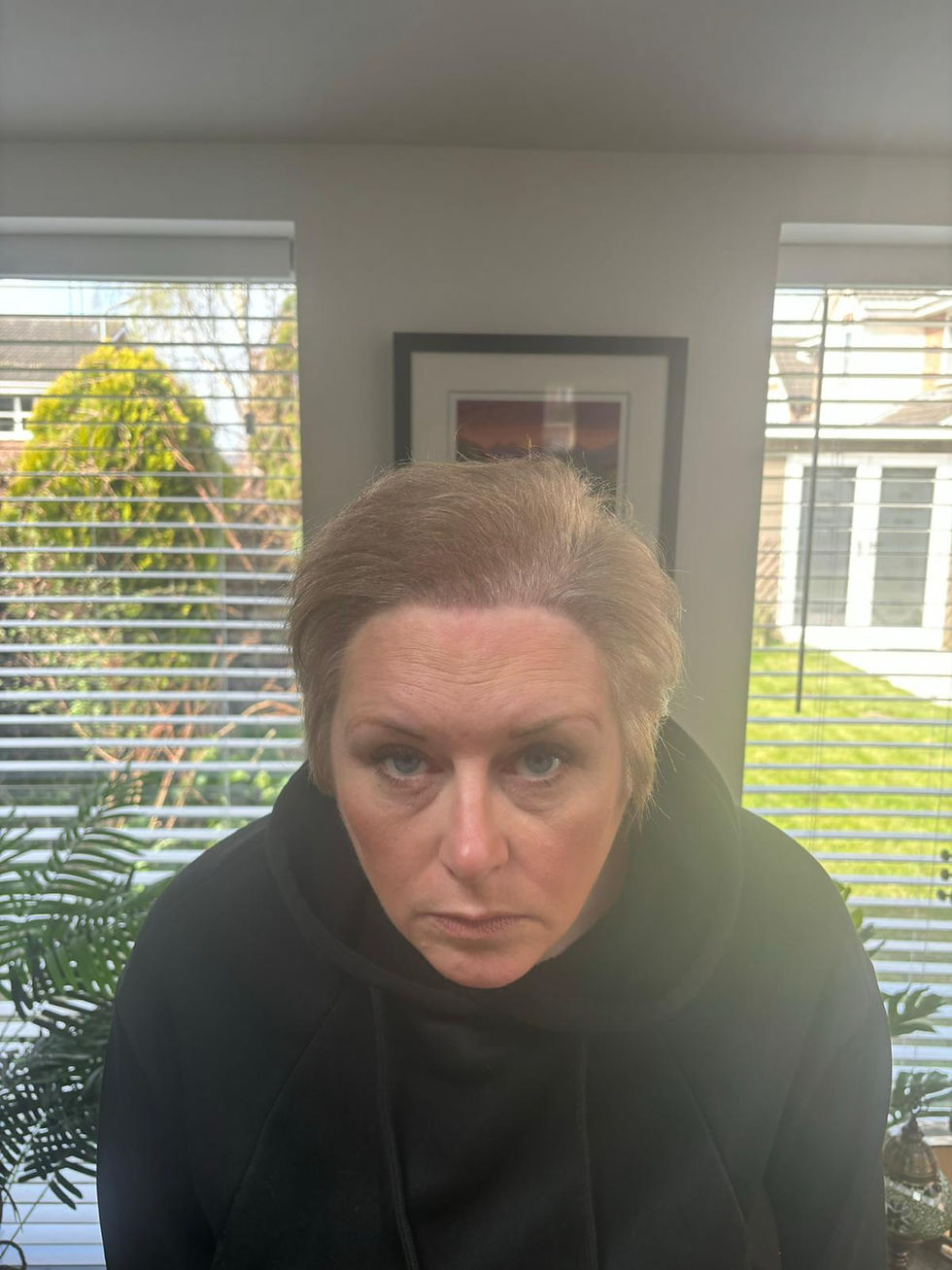Can Someone Who Beat Cancer Get a Hair Transplant?
- Vita Hair Clinic

- Oct 13
- 6 min read

Hair loss due to chemotherapy is one of the most visible and emotionally challenging side effects for cancer survivors. Many face a difficult journey not only through treatment but also in regaining their confidence and identity after hair loss. Hair restoration plays a vital role in rebuilding self-esteem and improving emotional well-being for cancer survivors.
Can someone who beat cancer get a hair transplant? This question arises frequently among those exploring options for hair restoration after cancer. This article addresses hair transplant after cancer, examining safe possibilities, timing, and suitable procedures to help survivors regain their natural look with confidence.
For those considering this path, contacting professionals who specialize in hair restoration can provide valuable insights. It's important to choose a clinic with a strong reputation and extensive experience in dealing with post-chemotherapy hair restoration.
Understanding the background and expertise of the clinic can also help in making an informed decision.
Understanding Hair Loss Due to Cancer Treatment
Chemotherapy hair loss is a common and distressing side effect of cancer treatment. Chemotherapy drugs target rapidly dividing cells, which include not only cancer cells but also healthy hair follicle cells. This interruption in the hair growth cycle causes hair to weaken and fall out.
When Does Hair Loss Occur?
Hair loss from chemotherapy usually appears within a few weeks after treatment begins. The extent varies depending on the type and dosage of chemotherapy agents used. Hair may fall out in patches or completely, affecting the scalp, eyebrows, eyelashes, and body hair.
Types of Hair Loss from Cancer Treatment
Two main scenarios exist for hair loss due to cancer treatment side effects:
Temporary Hair Loss: Most patients experience temporary hair loss, where hair regrows several months after finishing chemotherapy. The new hair may initially differ in texture or color but often returns to normal over time.
Permanent Hair Loss: In some cases, chemotherapy or radiation damages the hair follicles irreversibly. This leads to permanent thinning or bald patches that do not recover naturally, which can be assessed using the Norwood Hair Loss Scale.
Importance of Understanding Your Hair Loss Type
Understanding whether your hair loss is temporary or permanent is crucial when considering restoration options like hair transplants. Individual responses vary, so professional evaluation is essential before planning any procedure.
It's also important to be aware of the potential shock loss period after a hair transplant, which can set realistic expectations post-surgery.
Is a Hair Transplant Possible After Beating Cancer?
Hair transplants are not recommended during chemotherapy due to the intense effects of treatment on your body’s immune system and skin healing capabilities. Chemotherapy targets rapidly dividing cells, which includes hair follicles, making the scalp vulnerable and unsuitable for surgical procedures like hairline transplant or other types of hair transplant.
The typical waiting period after chemotherapy before considering a hair transplant in Turkey or elsewhere ranges from 6 to 12 months. This allows your body to recover fully, hair growth patterns to stabilize, and any potential side effects of cancer treatment to subside. Timing plays a crucial role in ensuring the best outcomes and minimizing risks.
Eligibility Factors for Post-Cancer Hair Transplant
Eligibility for a post-cancer hair transplant depends on several factors:
Your overall health status
Stability of immune function
Condition of donor and recipient areas on the scalp
An individual assessment and consultation with an experienced surgeon at Vita Estetic is essential. This evaluation helps determine if you are a good candidate for a hair transplant, considering your unique medical history and current scalp condition.
Understanding the Hair Transplant Procedure
Understanding how a hair transplant works is also vital. The procedure involves utilizing donor hair from areas of your scalp where hair is still growing robustly. The success of this procedure relies heavily on the maximization of donor area and graft calculation, which are aspects that should be thoroughly discussed during your consultation.
Recovery Timeline Post-Hair Transplant
Once you have beaten cancer and it's deemed safe to proceed with the surgery, it's crucial to be aware of the recovery timeline post-hair transplant. This information will help set realistic expectations for your recovery journey and ensure you are well-prepared for the process ahead. Personalized advice ensures safety and maximizes the success of your hair restoration journey.
Types of Hair Transplant Procedures Suitable for Cancer Survivors
Cancer survivors considering hair restoration often ask, Can someone that beat cancer get a hair transplant? The answer depends on the procedure and individual health status. Two primary hair transplant techniques are relevant here: Follicular Unit Extraction (FUE) and Follicular Unit Transplantation (FUT).
Follicular Unit Extraction (FUE)
Minimally invasive method extracting individual follicular units directly from the donor area.
Leaves tiny, almost invisible scars, which heal quickly—important for patients with sensitive scalp conditions post-chemotherapy.
Recommended for chemo patients due to less trauma and faster recovery time.
Allows precise graft placement, adapting well to varying scalp qualities after cancer treatment.
Follicular Unit Transplantation (FUT)
Also known as the strip method, involves removing a strip of scalp tissue from the donor site.
Leaves a linear scar, requiring longer healing and more care during recovery.
Suitable for advanced cases with extensive hair loss where large numbers of grafts are needed in one session.
May not be ideal immediately after chemotherapy due to slower recovery demands.
Comparing FUE vs FUT for Cancer Survivors
FUE offers reduced downtime and minimal scarring, aligning better with the delicate condition of post-cancer scalps.
FUT can yield a higher number of grafts at once, useful for significant hair restoration but involves more invasive surgery and longer healing.
Individual assessment is crucial; your surgeon will consider your medical history, scalp health, and personal goals before recommending the best option.
Choosing between FUE and FUT requires understanding how each technique interacts with your unique post-cancer recovery status.
The Role of Surgeon Expertise and Clinic Standards
Choosing an experienced hair transplant surgeon in Turkey is critical, especially for cancer survivors. Ethical clinics prioritize patient safety and satisfaction, offering transparent pricing without hidden fees. Realistic expectations about results ensure you understand the procedure’s possibilities and limitations, avoiding disappointment.
Key factors to look for in a clinic:
Clear communication about costs and procedures
Verified surgeon qualifications and experience
Personalized treatment plans based on individual health history
Comprehensive follow-up care after surgery
Trustworthy clinics like Vita Estetic combine medical expertise with ethical practices, creating a supportive environment for those recovering from cancer to regain confidence through hair restoration.
Safety Considerations and Risks Specific to Cancer Survivors
When exploring safety hair transplant after cancer, understanding the unique risks for cancer survivors is crucial. Cancer treatments like chemotherapy and radiation can weaken your immune system, leaving you more vulnerable to infections and slower healing.
This means:
Immune system status: Your body's defense may still be recovering, increasing the risk of post-surgical complications such as infections or delayed wound healing.
Medical evaluation: A thorough health assessment by both your oncologist and hair transplant surgeon is essential to ensure your body is ready for surgery.
Medication considerations: Some drugs taken during or after cancer treatment might interfere with healing or increase bleeding risks.
Timing matters: Waiting until your immune system stabilizes lowers risks significantly.
Working with a clinic experienced in treating cancer survivors ensures that these factors are carefully evaluated before proceeding, making your hair transplant journey safer and more successful.
Conclusion
If you're wondering whether cancer survivors can get hair transplants or if someone who has overcome cancer can undergo a hair transplant, the answer depends on careful medical evaluation and timing. Hair restoration is possible, but it requires a personalized assessment to ensure safety and successful results.
Here's what you can do:
Trust qualified surgeons like Dr. Kinyas at Vita Estetic who provide doctor-led care with full transparency.
Benefit from tailored advice considering your unique health history post-cancer treatment.
Expect honest guidance about realistic outcomes and appropriate procedures.
Taking this approach helps you make informed decisions about your post-cancer hair restoration journey with confidence and peace of mind.
FAQs (Frequently Asked Questions)
Can cancer survivors get a hair transplant after chemotherapy?
Yes, cancer survivors can consider hair transplants after completing chemotherapy; however, it is important to wait for a recommended period post-treatment and undergo a thorough medical evaluation to ensure eligibility and safety.
Why is hair restoration important for cancer survivors who experienced chemotherapy-induced hair loss?
Hair restoration plays a vital role in improving self-esteem and emotional well-being among cancer survivors who have faced chemotherapy-induced hair loss, helping them regain confidence and a sense of normalcy.
What types of hair transplant procedures are suitable for cancer survivors?
Follicular Unit Extraction (FUE) is often recommended for cancer survivors due to its minimally invasive nature and smaller scars, while Follicular Unit Transplantation (FUT) may be suitable for advanced cases. The choice depends on individual assessment and consultation with an experienced surgeon.
When is the appropriate timing for a hair transplant after chemotherapy?
Hair transplants are not recommended during chemotherapy. Patients should wait until their immune system has recovered and receive clearance from their oncologist or medical team before considering a transplant, typically several months after completing treatment.
What safety considerations should cancer survivors keep in mind before undergoing a hair transplant?
Cancer survivors need to undergo thorough medical evaluations to assess immune system status and overall health. Potential risks related to post-cancer treatment must be carefully considered to ensure safe surgical outcomes.
How important is surgeon expertise and clinic standards for hair transplants in cancer survivors?
Choosing an experienced, ethical clinic with transparent pricing and realistic expectations is crucial. Clinics like Vita Estetic, emphasize personalized consultations and high standards to optimize safety and results for cancer survivors seeking hair restoration.













.png)
Comments